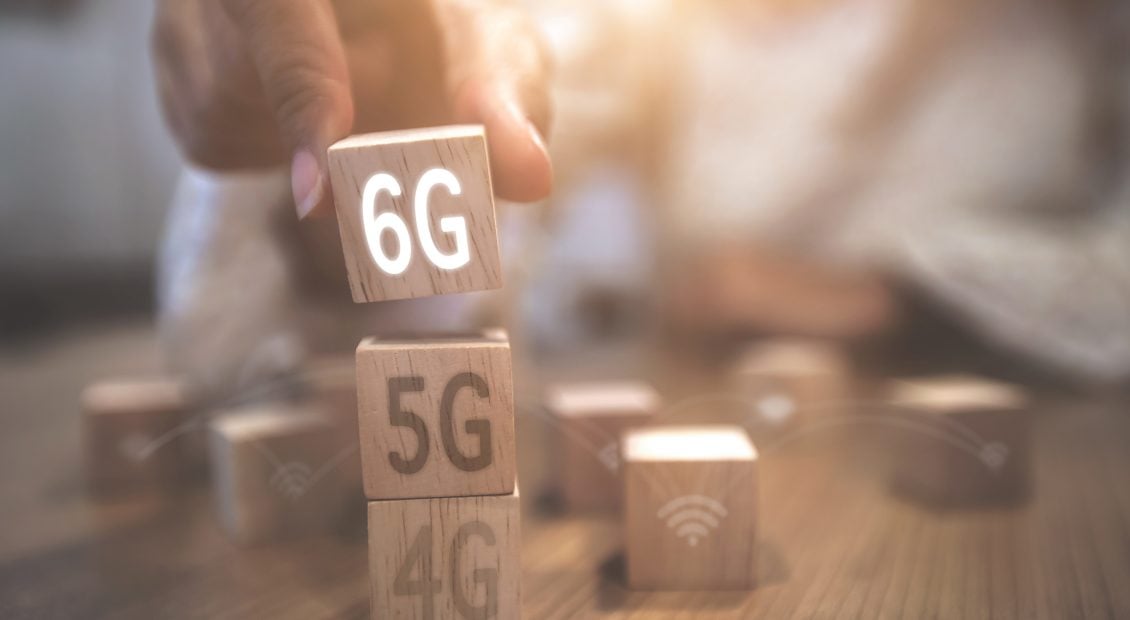
6G: Hype versus reality
There is a proliferation of reports on the potential technologies and use cases that will be part of the 6G roll-out, but little distinction between what’s real and what’s hype. We identify what 6G is most likely to emerge by 2030, and what telcos and vendors should prioritise now.

